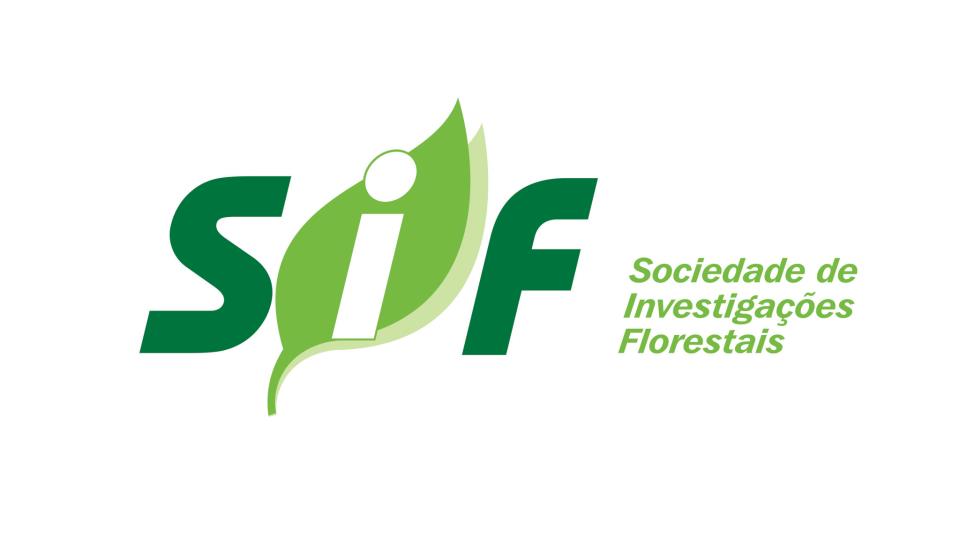Biblioteca Florestal
Digital
Digital
Deposição de serapilheira e de nutrientes no solo em sistema agrossilvipastoril com eucalipto e acácia

JavaScript is disabled for your browser. Some features of this site may not work without it.
| dc.contributor.author | Freitas, Eliane Cristina Sampaio de | |
| dc.contributor.author | Oliveira Neto, Sílvio Nolasco de | |
| dc.contributor.author | Fonseca, Dilermando Miranda da | |
| dc.contributor.author | Santos, Márcia Vitória | |
| dc.contributor.author | Leite, Helio Garcia | |
| dc.contributor.author | Machado, Vitor Diniz | |
| dc.date.accessioned | 2014-09-12T17:49:12Z | |
| dc.date.available | 2014-09-12T17:49:12Z | |
| dc.date.issued | 2013 | |
| dc.identifier.citation | FREITAS, E. C. S. et al. Deposição de serapilheira e de nutrientes no solo em sistema agrossilvipastoril com eucalipto e acácia. Revista Árvore, Viçosa, v.37, n.3, p.409-417, 2013. | pt_BR |
| dc.identifier.issn | 1806-9088 | |
| dc.identifier.uri | http://www.bibliotecaflorestal.ufv.br/handle/123456789/10960 | |
| dc.description.abstract | Este estudo teve como objetivo avaliar o efeito do componente arbóreo no aporte de serapilheira e de nutrientes em dois Sistemas Agrossilvipastoris, sendo o sistema 1: milho (Zea mays) + eucalipto (híbrido – Eucalyptus grandis x E. urophylla) + acácia (Acacia mangium) + braquiária (Brachiaria decumbens); e o sistema 2: milho + eucalipto + braquiária, que foram comparados com monocultivo de pasto, em Viçosa, MG. A serapilheira do componente arbóreo e da forrageira foi coletada mensalmente, a partir dos 34 meses após a implantação, no período de outubro de 2010 a setembro de 2011, em distâncias a partir das linhas centrais do plantio das árvores, que consistiram nos subtratamentos: 1, 3 e 6 m; e realizadas a análise e quantificação de nutrientes: N, P, K, Ca, Mg e S. A deposição da serapilheira da forrageira foi superior no monocultivo de pasto. Entretanto, a maior deposição de serapilheira total (forrageira + componente arbóreo) foi observada em ambos os sistemas agrossilvipastoris, comprovando a influência positiva do componente arbóreo no incremento de material vegetal depositado sobre o solo. A distância da linha de plantio das árvores também influenciou a deposição, que foi maior a 1 m, seguida das distâncias 3 e 6 m. Com exceção do P, os sistemas agrossilvipastoris depositaram maior quantidade de nutrientes por meio da serapilheira, destacando-se o sistema com acácia, que promoveu maior deposição de N. O componente arbóreo, a espécie leguminosa e a distância da linha de plantio das árvores dos sistemas agrossilvipastoris influenciaram a deposição de serapilheira e de nutrientes no solo, indicando a potencialidade desses sistemas para recuperação e manutenção de pastagens degradadas. | pt_BR |
| dc.description.abstract | The objective of the present work was to evaluate the arboreal component effect on the allocation of litter and nutrients in two Agrosilvopastoral Systems, being System 1: maize (Zea mays) + eucalypt (Eucalyptus grandis x E. urophylla hybrid) + acacia (Acacia mangium) + brachiaria grass (Brachiaria decumbens); System 2: maize + eucalypt + brachiaria grass; that were compared with pasture monoculture, in Viçosa, MG, Brazil. The litter of the arboreal component and of the forage was collected monthly, at 34 months after establishment, in the period from October 2010 to September 2011, and performed the analysis and quantification of N, P, K, Ca, Mg and S. Litter deposition from the forage was higher in the pasture monoculture when compared with the associated systems. Nevertheless, the greater deposition of total litter (forage + arboreal component) was observed in the Agrosilvopastoril Systems, proving the positive influence of the arboreal component on the vegetal material increment laid on the soil. The planting line distance of the trees also influenced the litter deposition which was greater at 1 m, compared with the distances of 3 m, which was higher than 6 m. Except for P, the Agrosilvopastoral Systems deposited a greater amount of nutrients from the system with from the litter, notably from the system with acacia that promoted a greater amount of nitrogen. The arboreal component, the leguminosae specie and the planting line distance influenced the litter and nutrient deposition on the soil in the Agrosilvopastoral Systems, indicating the potentiality of these systems to the recovery and maintenance of degraded pastures. | pt_BR |
| dc.format | 10 páginas | pt_BR |
| dc.language.iso | pt_BR | pt_BR |
| dc.publisher | Sociedade de Investigações Florestais | pt_BR |
| dc.relation.ispartofseries | Revista Árvore:v.37,n.3; | |
| dc.subject.classification | Ciências Florestais::Silvicultura::Sistemas agroflorestais | pt_BR |
| dc.subject.classification | Ciências Florestais::Silvicultura::Solos e nutrição florestal | pt_BR |
| dc.title | Deposição de serapilheira e de nutrientes no solo em sistema agrossilvipastoril com eucalipto e acácia | pt_BR |
| dc.title | Litter fall and nutrient deposition on soil in an agrosilvopastoral system with eucalypt and acacia | pt_BR |
| dc.type | Artigo | pt_BR |
Arquivos deste item
| Arquivos | Tamanho | Formato | Visualização | Descrição |
|---|---|---|---|---|
| Revista_Árvore_v37_n3_p409-417_2013.pdf | 310.3Kb |

|
Visualizar/ |
Periódico |





